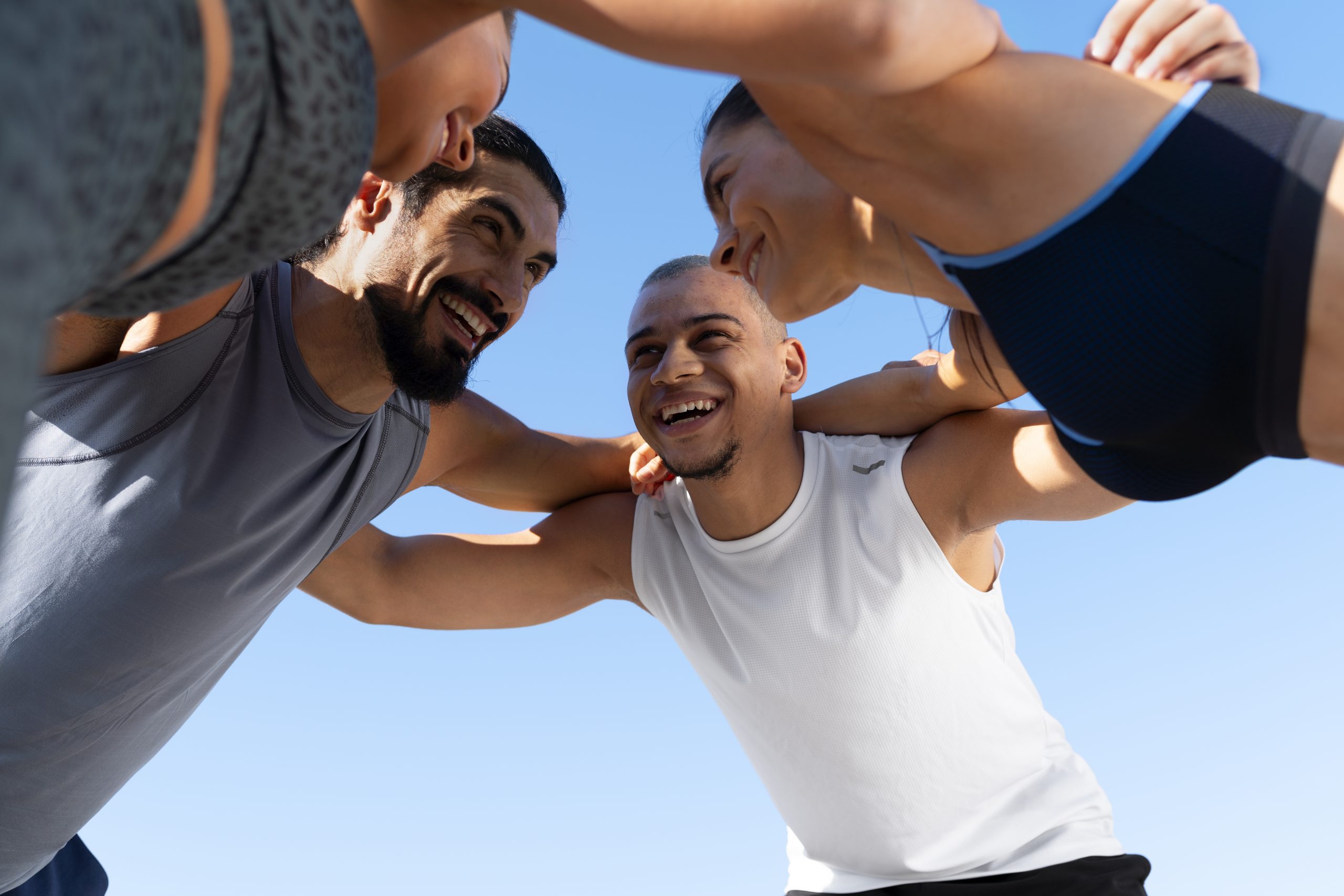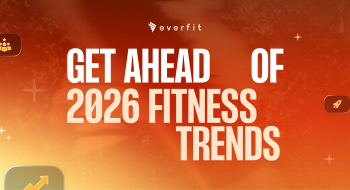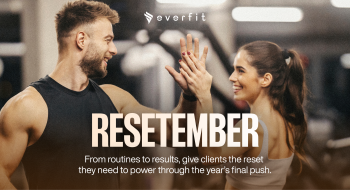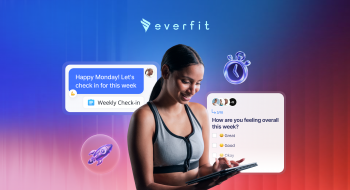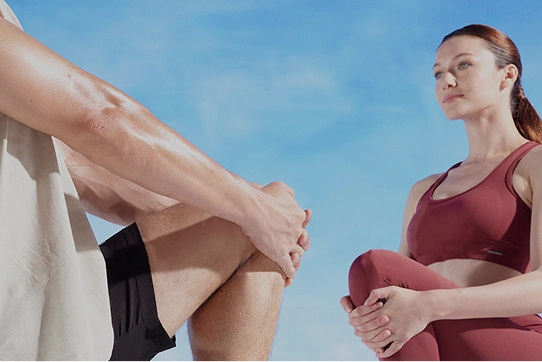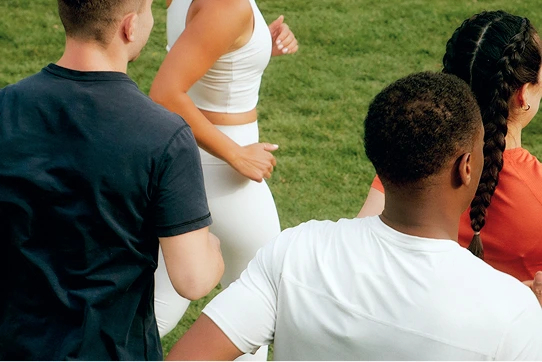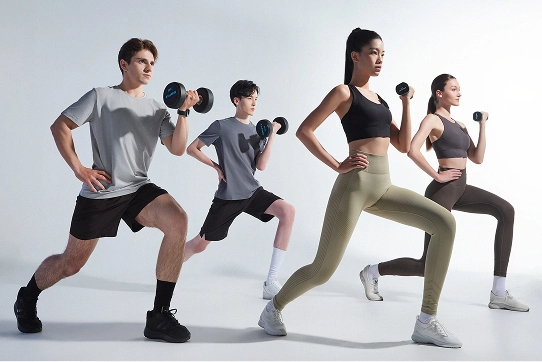Learn 7 inclusive fitness strategies for 2025 that support every client, from gender-neutral spaces to adaptive programs and community dialogue.
Why Inclusion in Fitness Matters
Inclusion in fitness starts with people, not profit. Building an inclusive fitness business is about creating spaces where everyone—regardless of identity, background, or ability—feels safe, respected, and supported. It’s not about seasonal gestures or checking diversity boxes. It’s about embedding equity, empathy, and representation into every layer of your gym, studio, or coaching service.
And when done authentically, inclusion builds loyalty, community, and long-term business sustainability. People return to places where they feel they truly belong. Whether you’re a solo personal trainer or run a team of coaches, small, intentional shifts can help your fitness space welcome every body.
Benefits of Becoming an Inclusive Fitness Business
Greater Motivation for All: Clients are more likely to stay consistent when they feel accepted and understood. Inclusive language, visuals, and coaching help remove barriers to participation and increase engagement.
Improved Retention and Word-of-Mouth: Inclusive gyms and trainers attract more diverse clientele, and when clients feel seen, they stay longer and tell their friends.
Business Differentiation: Standing out in the fitness industry can be tough. Inclusive branding, programming, and practices help you connect with underserved communities and set yourself apart.
More Personalized Coaching Opportunities: Trainers can expand their offerings through adaptive programs, trauma-informed coaching, or services for older adults, neurodivergent clients, or beginners.
Real-World Inspiration: Gyms like Everybody Los Angeles and Radically Fit Oakland are reshaping what “fit” means. With gender-neutral spaces, accessible workouts, and inclusive programming, they’re building supportive communities that grow organically.
7 Inclusive Strategies You Can Start Using Today
1. Prioritize Inclusive Staff Training
Your team sets the tone. Everyone—from the front desk to lead trainers—should be trained not just in fitness science, but in cultural sensitivity, inclusive language, and trauma-informed communication.
- Hire for diversity. Representation matters. A visibly diverse team helps clients feel seen.
- Educate on unconscious bias and microaggressions. Even well-meaning staff can use harmful language without realizing it.
- Encourage respectful communication. Always use a client’s correct name and pronouns. Replace pressure-focused cues with empowering language.
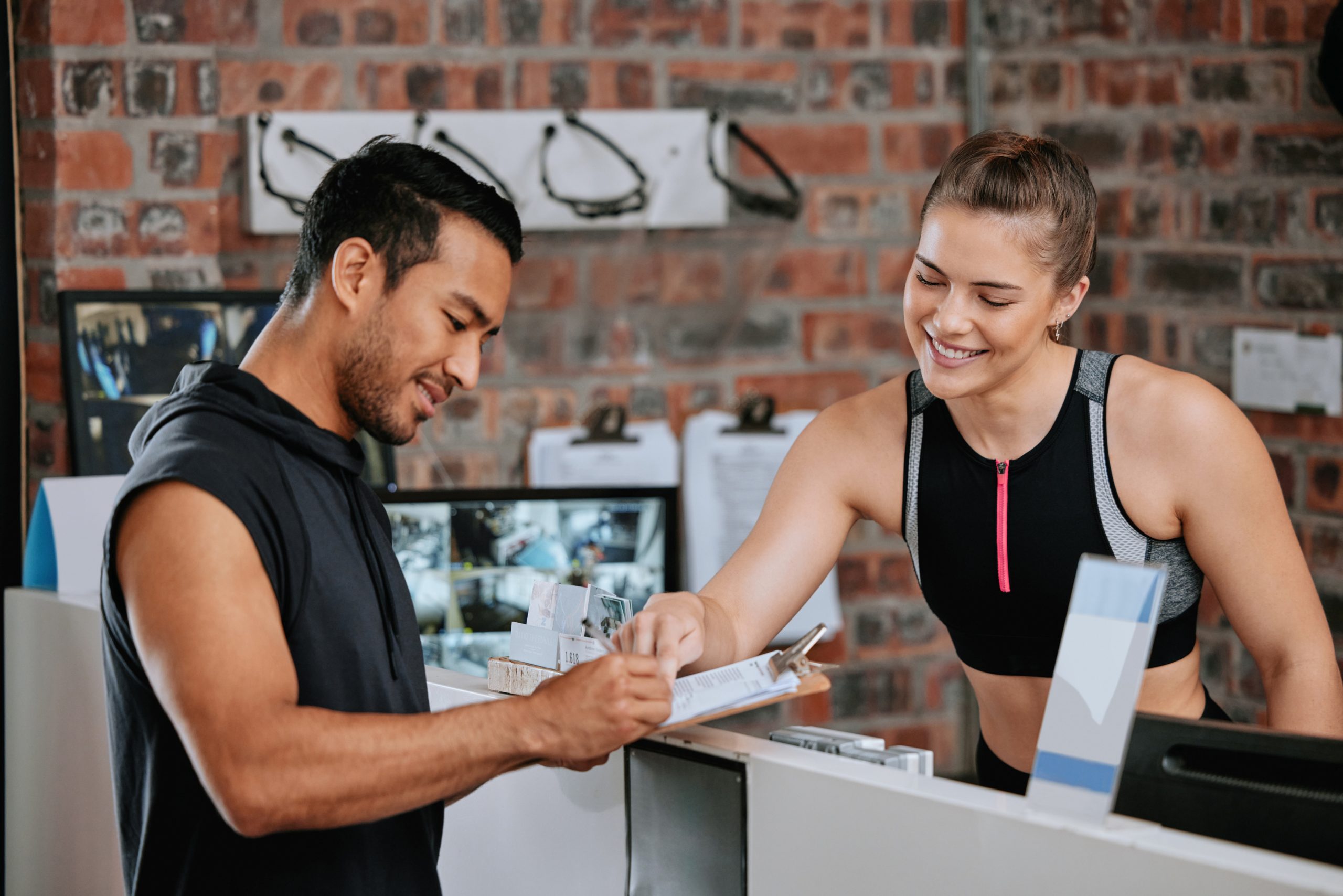
2. Design Adaptive Programming
Inclusive fitness programs meet clients where they are—physically, mentally, and emotionally.
- Create tiered or scaled workouts. Include progressions and regressions that support different ability levels.
- Label workouts clearly. Mark intensity, mobility requirements, and modification options.
- Avoid body-shaming or hyper-competitive messaging. Use terms like “energize,” “build strength,” or “move freely” rather than “shred,” “burn,” or “bikini body.”
Everfit makes adaptive programming easy. With drag-and-drop templates and individualized tracking, coaches can meet every client’s needs in one seamless platform.
3. Create Gender-Inclusive and LGBTQIA+-Friendly Environments
Your physical space and communication should affirm all gender identities and sexual orientations.
- Use inclusive intake forms. Allow space for pronouns and offer options beyond the male/female binary.
- Rethink locker rooms and signage. Provide gender-neutral changing spaces or flexible privacy options.
- Display visual cues of support. Pride stickers, inclusivity statements, or community art can show your values.
- Train staff on allyship. Avoid assumptions, use affirming language, and correct missteps respectfully.

4. Support Clients with Disabilities or Chronic Conditions
Many traditional fitness spaces are inaccessible or intimidating to people with disabilities or health concerns.
- Offer low-impact or gentle classes. Use accessible labels like “gentle movement” or “seated strength.”
- Include adaptive equipment. Bands, chairs, straps, and balance tools empower more bodies to move safely.
- Avoid pushing without consent. Ask before assisting and always respect personal boundaries.

5. Empower Fitness Beginners
Newcomers often feel anxious or overwhelmed. Meet them with compassion and clarity.
- Create onboarding programs or beginner-only classes. Make it clear that everyone starts somewhere.
- Offer on-demand or at-home resources. These help people build confidence at their own pace.
- Use Everfit for guided, beginner-friendly tracks. It lets you support beginners consistently without overloading them.
6. Reflect Real Diversity in Marketing
Your marketing is often a client’s first impression. Let it speak to real people.
- Use imagery that includes all ages, body types, races, and abilities. Avoid only showcasing peak fitness models.
- Speak to varied goals. Not everyone wants weight loss—some want energy, mobility, or mental health support.
- Partner with diverse creators. Highlight underrepresented trainers or client stories.
7. Foster Inclusive Community Building
True inclusion thrives through community, not just policies.
- Host events, check-ins, or inclusive challenges. Prioritize consistency and connection over performance.
- Use Everfit to build virtual communities. Private forums or team boards give clients a space to support each other.
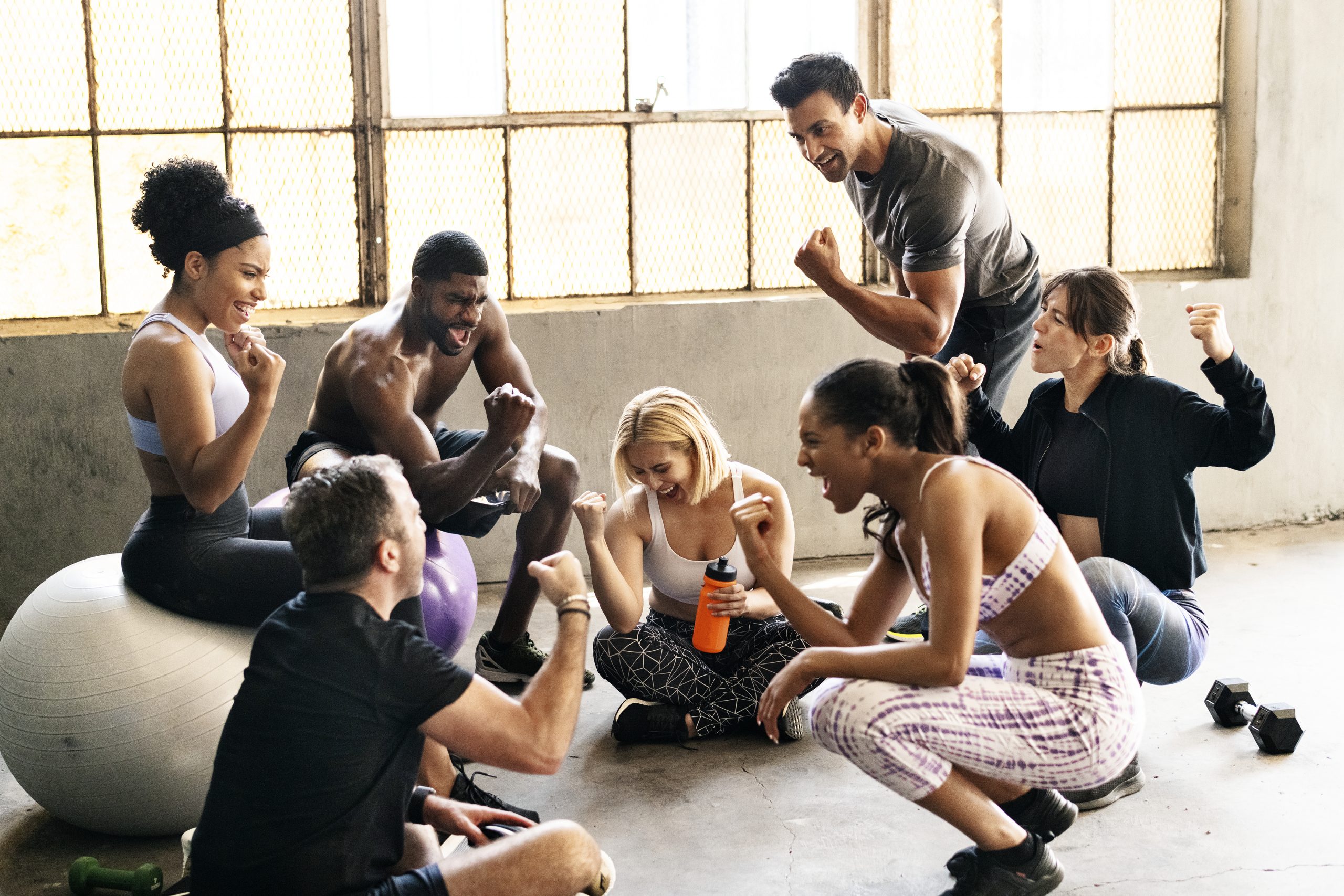
BONUS TIP: Listen Before You Act
Inclusivity isn’t just something you design for your clients—it’s something you build with them. One of the most meaningful steps you can take is to have open conversations with your community, especially those from underrepresented or marginalized groups.
Why this matters:
- It shows an ongoing commitment to inclusion that goes beyond marketing or policy changes.
- It helps you avoid assumptions and make informed decisions based on lived experiences.
Even small efforts, such as anonymous surveys, feedback boxes, or one-on-one check-ins, can uncover barriers you may not have noticed—and reveal opportunities for growth.
“It’s always better to ask than to guess.”
Asking shows humility, respect, and a willingness to evolve—qualities that create trust and deepen connection.
Wrapping Up
Running an inclusive fitness business is about more than adapting a program or tweaking your messaging. It’s about committing to equity in every client interaction, from signage and programming to feedback and representation.
Small steps matter. With the right mindset, real dialogue, and the right tools, you can build a fitness space where everyone truly belongs.




